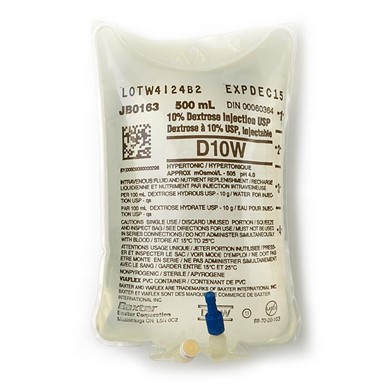A nurse is admitting a client who has schizophrenia.
The client states, “I’m hearing voices.” Which of the following responses is the priority for the nurse to state?
“Have you taken your medication today?”.
“How long have you been hearing the voices?”.
“What are the voices telling you?”.
“I realize the voices are real to you, but I don’t hear anything.”.
undefined
The Correct Answer is C
The correct answer is choice C. The nurse should ask the client what the voices are telling them, because this can help assess the client’s risk for harm to self or others, and also show empathy and respect for the client’s experience.
The nurse should not assume that the client’s hallucinations are related to medication noncompliance, as this can be perceived as accusatory and judgmental (choice A).
The nurse should not focus on the duration of the hallucinations, as this is not the priority at this time (choice B).
The nurse should not invalidate the client’s reality by stating that they do not hear anything, as this can cause mistrust and alienation (choice D).
The nurse should use therapeutic communication techniques to establish rapport and safety with the client who has schizophrenia.
Nursing Test Bank
Naxlex Comprehensive Predictor Exams
Related Questions
Correct Answer is C
Explanation
The correct answer is choice C. “Perform chest percussion and postural drainage at least twice daily.” This is because chest percussion and postural drainage are airway clearance techniques that help remove thick mucus from the lungs of children who have cystic fibrosis. This can prevent respiratory infections and improve lung function.
Choice A is wrong because a bronchodilator should be administered before airway clearance therapy, not after. A bronchodilator helps open up the airways and make it easier to cough up mucus.
Choice B is wrong because pancreatic enzymes should be administered with meals and snacks, not on an empty stomach.
Pancreatic enzymes help digest fats, proteins, and carbohydrates in children who have cystic fibrosis. This can prevent malnutrition and growth failure.
Choice D is wrong because there is no need to restrict gluten intake for children who have cystic fibrosis, unless they also have celiac disease.
Gluten is a protein found in wheat, barley, and rye that can cause intestinal damage in people who have celiac disease. Cystic fibrosis does not affect the ability to tolerate gluten.
Correct Answer is D
Explanation

This is because abruptly stopping TPN can cause hypoglycemia, which is a low blood sugar level that can cause shakiness, diaphoresis, confusion, and seizures. Therefore, infusing dextrose 10% in water temporarily at the same rate as the TPN can prevent this adverse effect. Dextrose 10% in water is a hypertonic solution that contains 340 calories per liter and can maintain the client’s blood glucose level until the new TPN bag arrives.
Choice A is wrong because giving 500 mL of lactated Ringer’s solution would not provide enough calories or glucose to prevent hypoglycemia. Lactated Ringer’s solution is an isotonic solution that contains electrolytes but no calories or glucose.
Choice B is wrong because temporarily discontinuing the infusion would cause hypoglycemia, which can be life-threatening for the client.
Choice C is wrong because slowing the TPN infusion rate would also cause hypoglycemia, as the client would receive less calories and glucose than prescribed.
Whether you are a student looking to ace your exams or a practicing nurse seeking to enhance your expertise , our nursing education contents will empower you with the confidence and competence to make a difference in the lives of patients and become a respected leader in the healthcare field.
Visit Naxlex, invest in your future and unlock endless possibilities with our unparalleled nursing education contents today
Report Wrong Answer on the Current Question
Do you disagree with the answer? If yes, what is your expected answer? Explain.
Kindly be descriptive with the issue you are facing.
